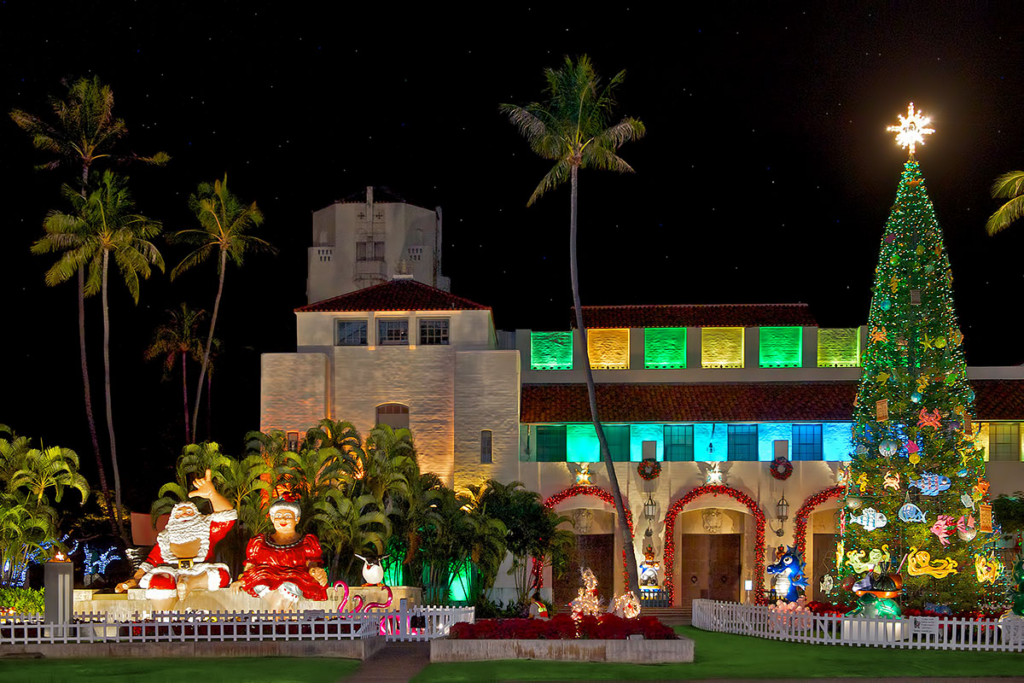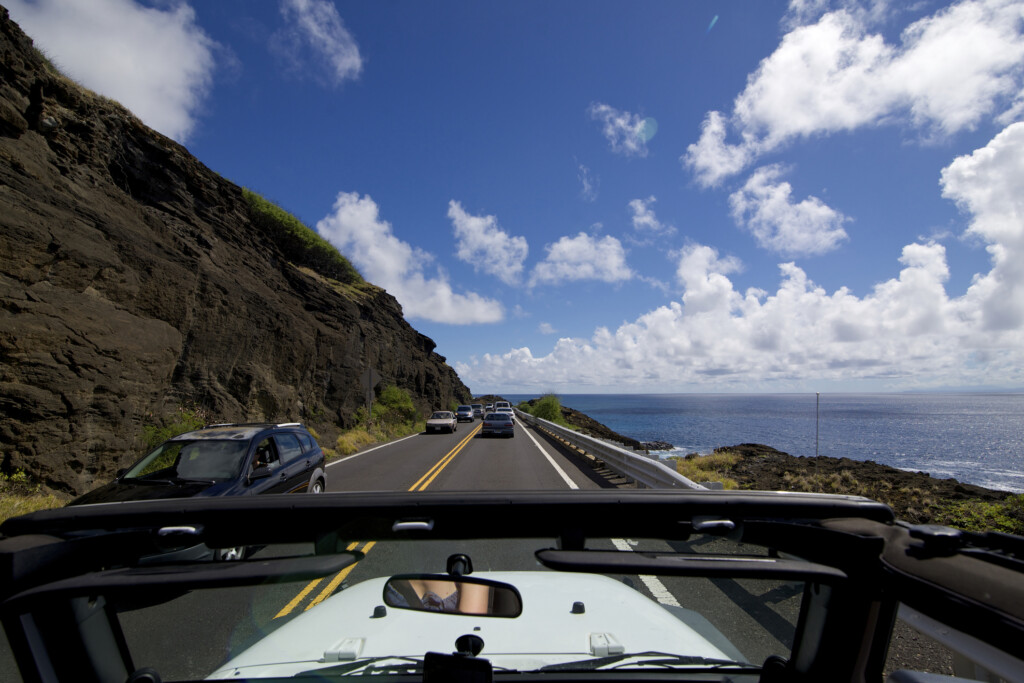Saturday, March 26 – Matsushima Magic
Thankfully—and perhaps magically—not all northeast Japan’s coastal towns were wiped out by the quake and tsunami.
|
Matsushima is a small tourist town along Japan’s northeast coast. By all accounts, it too should have sustained heavy damage from the March 11 quake and tsunami. But, as it has for centuries, Matsushima stood its ground. There was some minor damage to the shops that line the narrow coastal road but no deaths reported. The people living in Matsushima believe they are protected. Maybe it’s the dozens of small islands just off its coast. Maybe they redirect the tsunami or buffer its fury.
|
However, many believe Matsushima is protected by the special powers provided by one of Japan’s most beautiful and enduring temples.
Matsushima’s Zuiganji Temple is one of Japan’s National Treasures. It has been designated one of the three top scenic spots in all of Japan with the other two being in Hiroshima and Kyoto. It is unquestionably northern Japan’s most famous temple.
Built in 828 A.D., this Zen temple has survived countless earthquakes and numerous tsunamis. Yasue, her mother, Ian and I all visited Matsushima last year. I remember being stunned by the huge trees that dominated the temple grounds and lined the long walkway to the main temple buildings. They offered a cool respite on a hot, humid June day. The temple grounds are massive with statues and buildings spread all around providing a peaceful retreat from the hustle and bustle of the tourist shops just outside its main gates.
|
Today, Zuiganji is still a place of refuge as it is an evacuation center for those living nearby whose homes were damaged in the quake and tsunami. Whether through magic or geography, Zuiganji will likely continue to protect the people of Matsushima for centuries to come.










